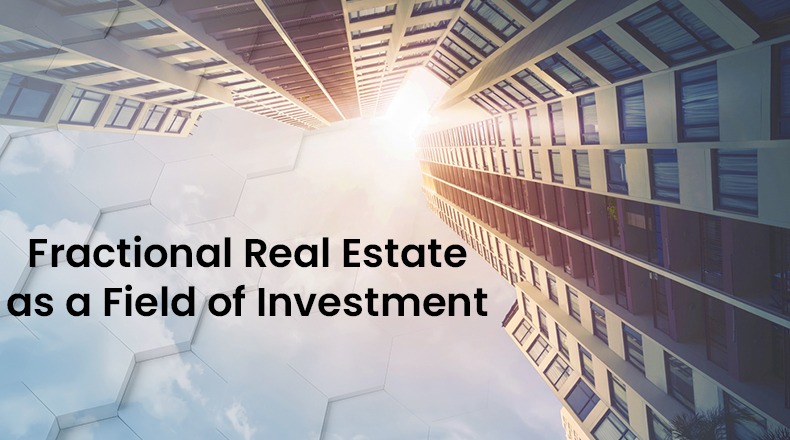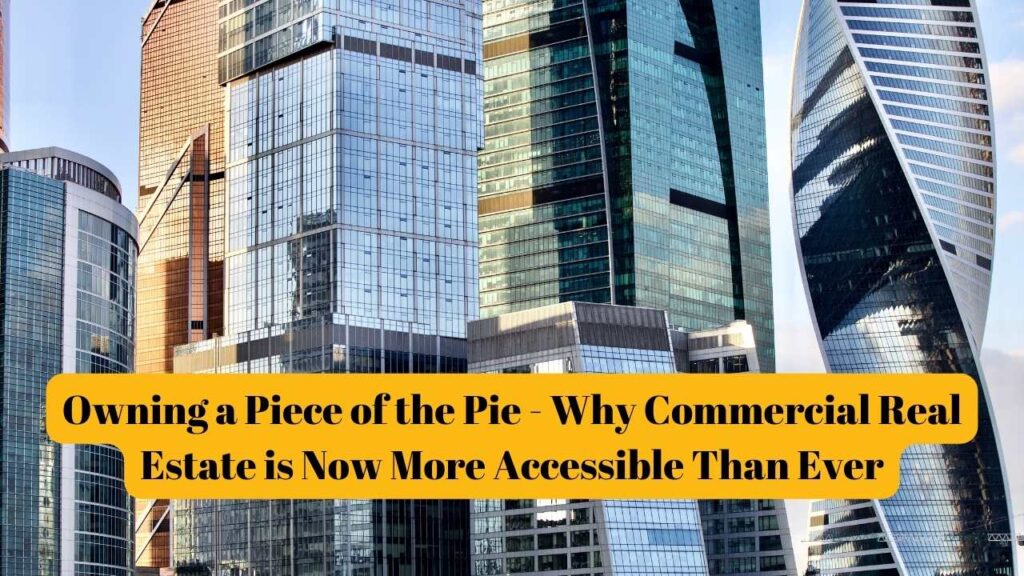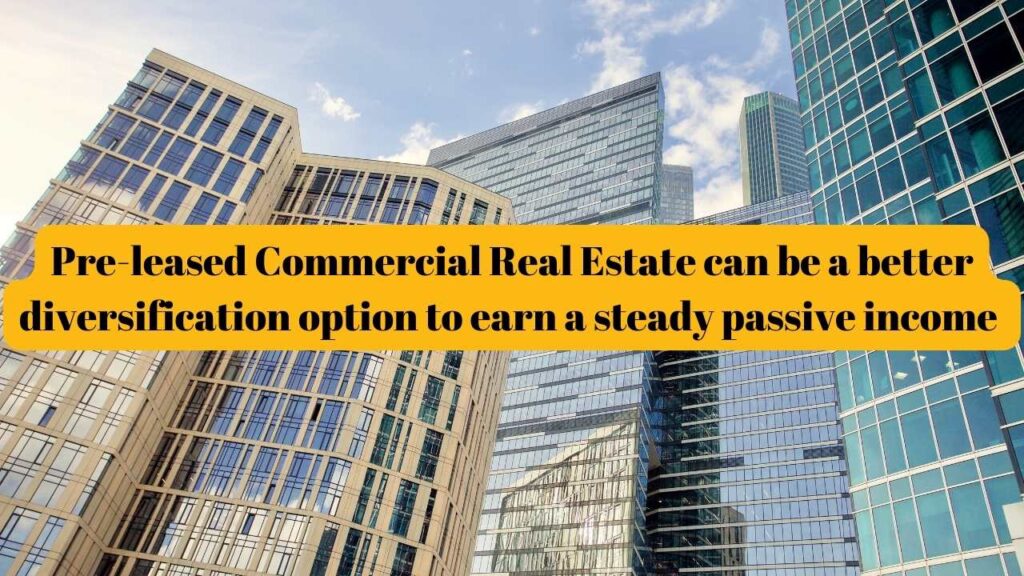The pandemic has definitely taught us to review how we save, invest, and make financial decisions. As if wage reductions and layoffs weren’t bad enough, hundreds lost their hard-earned savings in mutual funds and the stock market. Some even had to cut fixed deposits or sell their property to save their funds.
There are many critical concerns that almost everyone faces. It includes how one can create a trustworthy investment that is pandemic-proof, pays out dividends regularly, and increases in value over time.
Fortunately, one investment strategy stood out in the preceding year: fractional ownership of commercial real estate (CRE). India’s real estate market is still developing, but it is now worth $5 billion and growing. As a result, there will be greater demand for fractional real estate.
Why is Fractional Real Estate Growing in the Industry?
Over the past few decades, the idea of fractional ownership as an investment strategy has developed on a global scale. This change in ownership mode has been made possible by democratizing fractional ownership and allowing for small investments.
Investing in and partially owning a valuable asset through a reliable platform is crucial. To diversify one’s ownership and lower investment risk, it is ideal for making multiple property investments. The property can be sold with a profit margin or rented monthly to generate income. The process involves monitoring and growing your investment while consistently checking for better chances.
The prominence of fractional ownership is rising due to several major trends. A clear one of them is the state of the stock market. A growing number of retirees are becoming more interested in fractional ownership of attractive vacation properties as their investment portfolios and corresponding net worth is at all-time highs.
However, there are many practical explanations for why fractional ownership is becoming more popular. Apart from the maintenance already needed for the owner’s main residence, the total ownership of another home needs full-time maintenance. Fractional ownership eliminates that hassle.
Owning a second home has the cost vs usage issue as another drawback. No matter how often you use a second home you own, you are still responsible for paying the full cost. Since they are rarely used, many second homes end up costing their owners their full purchase price.
The rental yields of fractional assets are three times greater than those of residential assets. This is due to the professional management and maintenance of fractional properties. It is something that typically only professionals can provide. This non-volatile investment type offers greater flexibility for portfolio diversification. It assists the investor in boosting his upstream profits.
Finally, the flexibility of fractional ownership allows for diverse investment options. An investor can sell their shares at any time during the investment to receive a return corresponding to the rise in the property’s value. And even after selling them, the investor retains real estate ownership. It is based on the amount of history and the number of fractional expenses.
Conclusion
Fractional ownership creates a long-lasting change in the modern investment era. The idea could be a remedy, particularly after these difficult situations when the market and the rest of the world were struggling due to the pandemic.
You should invest in CRE using the fractional ownership model if you want a secure and long-term investment. Compared to traditional investment options, which are volatile and offer lower returns, it offers stability and higher returns. Investors can benefit by owning a small portion of different asset portfolios.
For more details, contact our experts or visit our website at BHIVE Properties for more advice.






No comment yet, add your voice below!